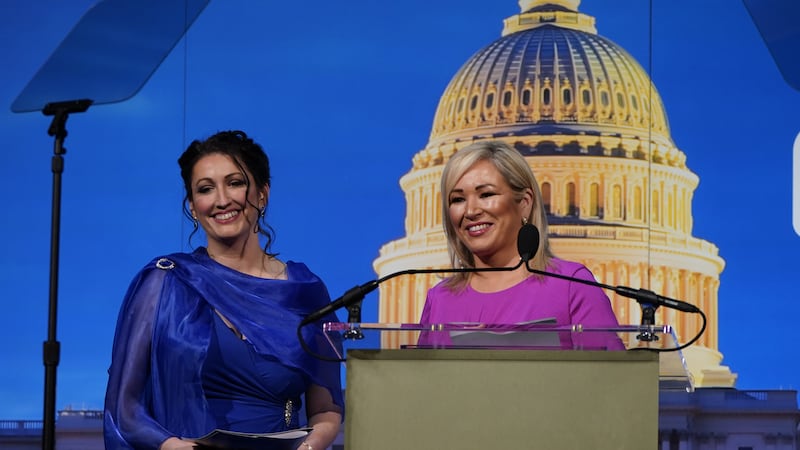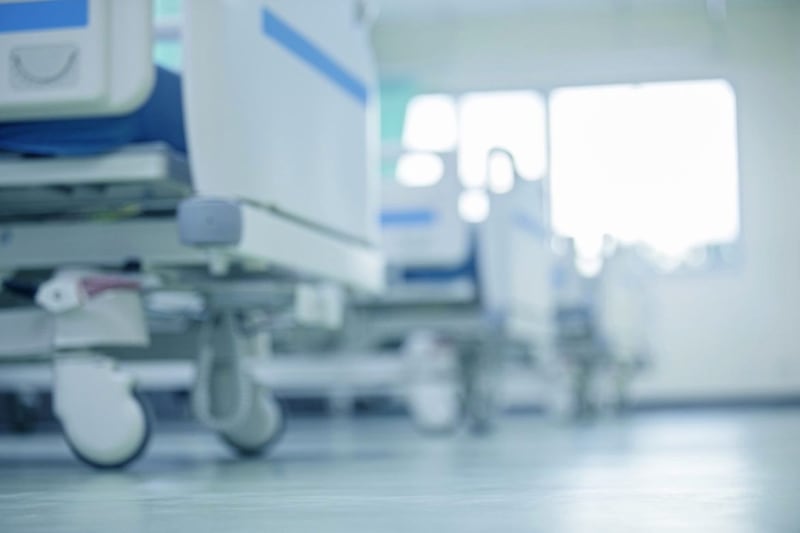UK public spending as a proportion of GDP fell in 2016/17 to its lowest level for nearly a decade, new figures show.
Total government expenditure in the 12 months to March 2017 is estimated to be equivalent to 39.4 per cent of the size of the whole UK economy.
It is the first time the figure has dropped below 40 per cent since 2007/08.
It is also the seventh successive annual fall since spending peaked at 45.3 per cent of GDP in 2009/10 in the aftermath of the financial crash.
The figures were contained in the Treasury's initial estimates for public spending in 2016/17.
Measuring public spending as a percentage of GDP (gross domestic product) helps to show the scale of government expenditure in relation to the total value of the UK economy.
While the amount of spending in real terms rose from £769 billion in 2015/16 to £770.6 billion in 2016/17, this represented a fall in spending relative to GDP from 40 per cent to 39.4 per cent.
The figure is still higher than pre-crash levels.
Total expenditure is forecast to rise in real terms from £770.6 billion in 2016/17 to £789.6 billion in 2017/18 and £791.7 billion in 2018/19, before falling back to £789 billion in 2019/20.
Meanwhile, spending as a proportion of GDP is projected to have fallen to 38.2 per cent by the end of the decade - the lowest level since 2003/04.
A breakdown of the Treasury's estimates shows total public spending on health was 7.4 per cent of GDP in 2016/17.
This was up slightly from 7.3 per cent in 2015/16, but down on the 7.6 per cent recorded for 2009/10.
Spending on education and transport in 2016/17 was unchanged at 4.5 per cent and 1.5 per cent of GDP respectively, while spending on public order and safety was 1.5 per cent, down from 1.6 per cent.



